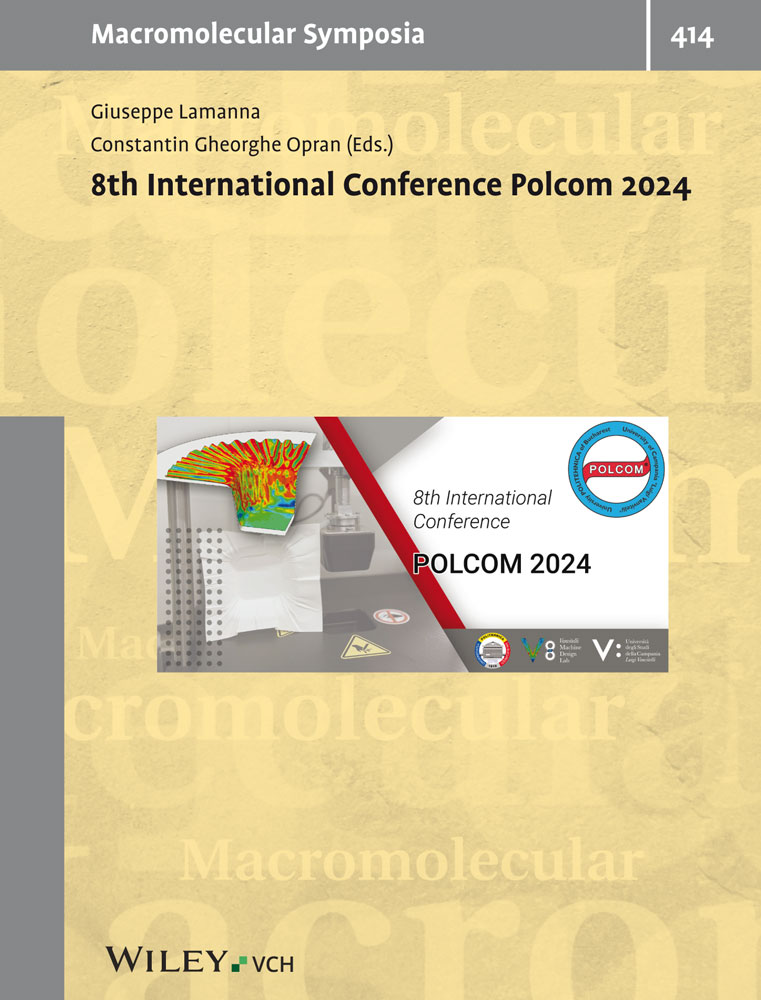Wettability of acrylate copolymer surfaces after ageing in water
Abstract
Contact angle measurements (captive bubble and sessile drop techniques) were used to determine the surface energy of several acrylic based polymers at the early stage of immersion (t0) in pure and salt water or after several days (tx). The sessile drop technique using various liquid probes allows the calculation of the dispersive, acid and basic components of the surface energy. Significant differences of wettability are observed between the polymers at t0 which tend to remain after immersion along with a general increase of the surface hydrophilicity. The same trend is observed by the “in-situ” captive bubble technique. The surfaces become more hydrophilic with a final contact angle, θ, ranging from 110 to 150 ± 3° in pure water and 130 to 150 ± 4° in 0,51 M salt water. The modifications of surface energy between t0 and tx are not only dependent on water diffusion. One assumption is that the degree of swelling of the immersed surface layer along with the particular dynamics resulting from a surface gel-like structure are significant factors in the measured surface thermodynamics.




